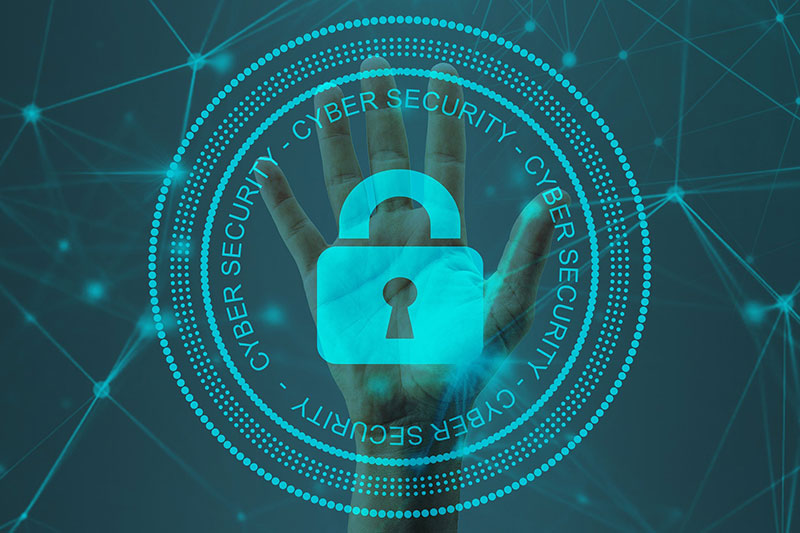Would you believe that your Wi-Fi router might just be the most important device your household uses every day? Routers control all network traffic coming in and going out from your home.
These act as the first line of defense to prevent hackers and cybercriminals from getting to your data.
Today’s criminals are very sophisticated and are constantly trying new ways to hack into your system. Extra layers of cybersecurity are needed around your router to help protect your personal information and systems.
CMIT Solutions compiled five tips to help anyone with their wireless router protection and other security measures to keep data and devices safe in today’s digitally connected world:
Update your router password
The Wi-Fi router you get from a cable company or some other internet service provider (ISP) uses a high-end security protocol called WPA2 security. This requires any new device that wants to connect to it to enter a password. Unfortunately, the router you get also comes with a standardized, simplified network name and password that can be easy for hackers to crack.
The good news is that you can easily update and customize those credentials, usually by logging in to the ISP’s website and downloading their app. Businesses can work with a trusted IT provider as well. It’s a good idea to regularly revise the Wi-Fi password on your router, too — yes, you’ll have to reconnect, but this password reset can also remove any unwelcome visitors who could be lurking on your Wi-Fi network.

Set up a guest network
If your router allows you to add a publicly available guest network, we recommend activating it now. This grants any guests the access they need to your Wi-Fi connection while isolating the rest of your home network from prying eyes. This also places another obstacle in the way of anyone secretly trying to get your information without permission — even if unwanted hackers do manage to get onto your guest network, they won’t be able to take control of other devices or access settings on your router itself.
Check to see if your router allows you to hide the SSID of your main network — this is the name of the network that appears when devices search for a Wi-Fi signal. That way your home systems can be added to your protected network, without the general public having access to it.
Make sure router updates deploy automatically
Regular security updates and firmware patches are a fact of life for Wi-Fi routers. These essentially tell the router how to operate under certain situations — and if a router falls behind on updates or doesn’t receive a critical patch, it is at a much higher risk for attack. Many home and business-grade routers automatically update themselves, but if you aren’t sure about the process, don’t risk having your router exploited. Work with your ISP or a trusted business partner to review your router (and the rest of your devices) to make sure security updates and software patches occur automatically.
It is also a very good idea to restart or unplug your router’s power cord once a month. This ensures that any firmware patches and updates are properly applied and working.
Practice smart security principles every day
The first line of defense in cybersecurity is YOU!
Even though router security is getting better and better out of the box, these devices still represent a major weak link. That’s because a router can be hacked through a phone, Xbox, or laptop that it previously trusted if that device itself is compromised. If you want to minimize this risk, practice good security principles every day by keeping all applications updated, using strong passwords on every device, and making sure other networks are protected by multiple layers of cybersecurity solutions.
Use virtual private networks (VPNs) when extra security is necessary
Some ISPs and anti-virus security tools have the option to set up and use VPNs. What is a VPN? It is simply a gateway to the Internet through an extremely secure connection from your device to the internet through a highly secured router and firewall. This allows you to connect at Starbucks or some other public place, but have extra protection from hackers.
VPNs work double duty by encrypting data and shielding the IP address used to access the Internet by redirecting all network activity through a secure process that connects with servers in different locations. This is a major enhancement over public Wi-Fi, which offers convenience but with serious risk. Instead of accessing the same network as other users, VPNs offer private connections for every individual — and extra levels of data encryption to protect your information.
Summary
Any time that a device connects to the Internet, security risks exist. Wireless routers are just as susceptible to malware and cyberthreats as other devices — and even VPNs don’t offer 100 percent protection. Change the default passwords and settings that come with your router and Wi-Fi. Segment your network by putting a separate guest network available to friends and guests. Keep your Wi-Fi router up to date and periodically restart it. Remember that you are the best defense against cyber threats and if you can, take advantage of VPNs to add extra layers to your security.












